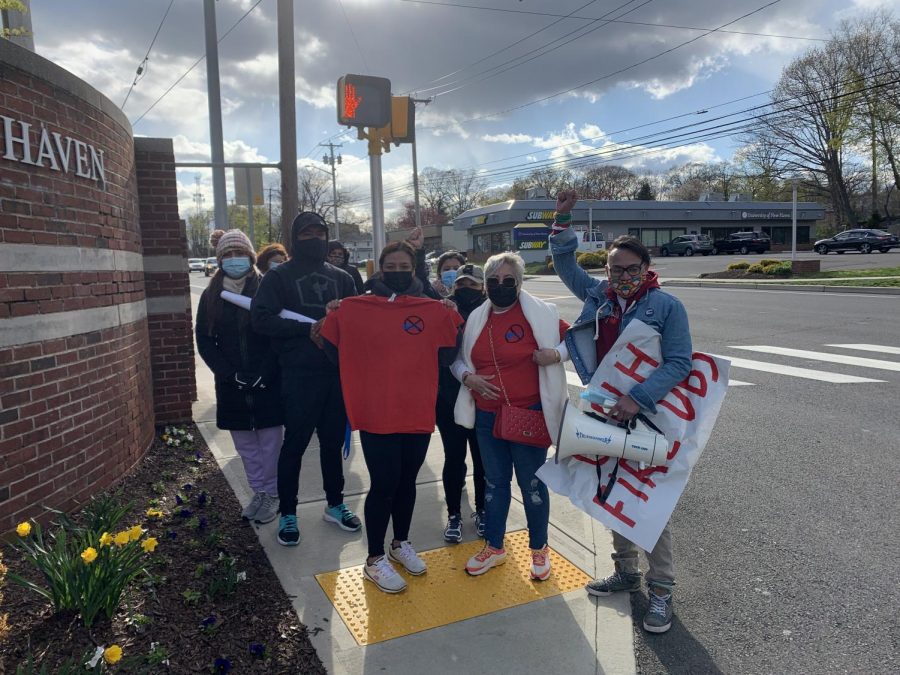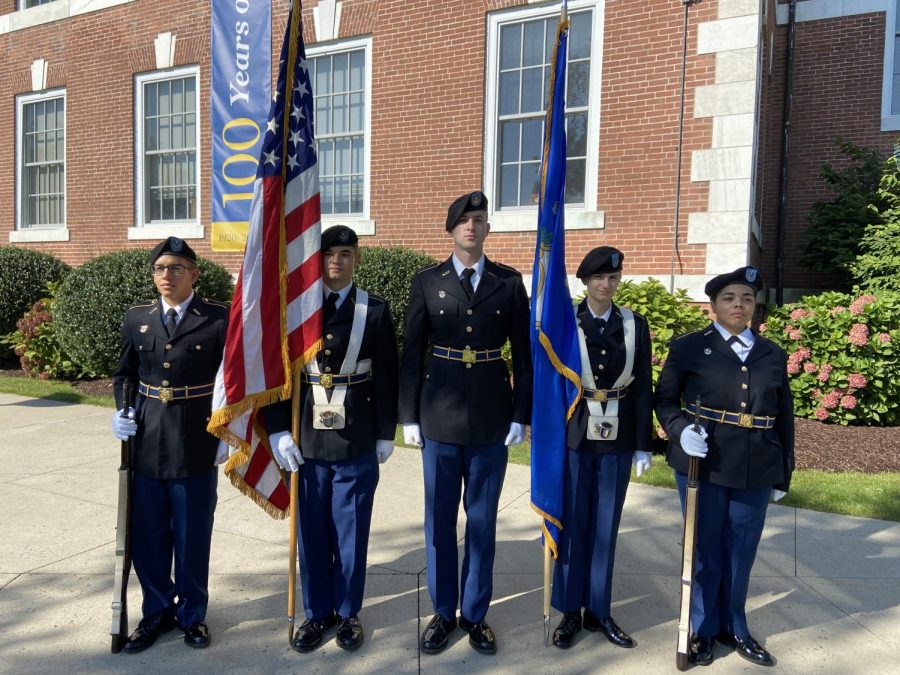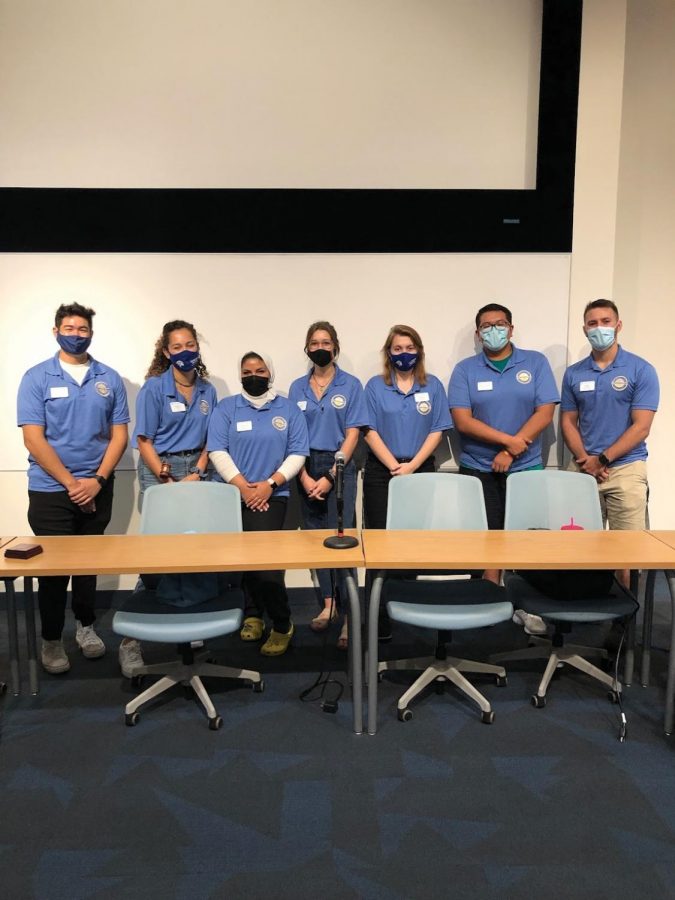This year the University of New Haven is embracing many changes. Buildings are being renamed and new ones are being erected from the ground up. The new Banner system used to register for classes has also been implemented in an effort to graduate from the Matrix Self-Service previously used.
With these changes comes the introduction of the new Student ID cards. Alan MacDougall, the Director of Information Technology at the University, sees these new cards as a positive step in the right direction, “The decision to change this technology was a decision made in an effort to move forward rather than as a reaction to issue that needed to be solved,” MacDougall said.
As the Director of IT, MacDougall works closely with Blackboard Learn and its product, a system called Transact. This system is involved with many of the services that students use on campus, including meal plan swipes, and the use of laundry and vending machines. “As a student, your ID card is essential,” he explained.
While there will still be a magnetic strip and a bar code printed on the back of the card, the biggest change to come for these new cards is that student’s ID numbers will no longer be printed on the front in an effort to increase security amongst students.
“Last year we had about a thousand students lose their card, and as a student, it’s almost like losing your drivers license. You’re losing a lot of important information. It’s not to say that we’ve had issues in the past with students and security breaches, but we’d just like to change the cards as a precaution.”
In an email sent out to the student body from Vincent Mangiacapra, Associate Vice President for Information Technology & CIO at UNH, he explained that “When UNH first switched to the current Student ID number format, a decision was made to print the ID numbers on the front of the card because the students needed the ID number to access services and they were not familiar with this new number. This is no longer the case as those services are accessible via InsideUNH. All of the systems that students, faculty and staff use which have access to the student ID number or other sensitive student information are password protected and access is strictly controlled. However, having the name of the student and the student ID printed on the card exposes that information to anyone who sees the card. In cases where the card is lost or stolen, the person coming into possession of the card could potentially compromise student information. Hundreds of cards are lost each year by students, creating a significant security issue. Most of these cards are never recovered. The cards themselves can easily be deactivated, but there is no way to remove the student ID number.”
Katelyn Clark, a junior Communications major, is embracing the change, “It stinks that everyone has to get new cards, but at the same time it totally makes sense to not have our ID numbers on them because it so easy for someone to steal it. This will encouragestudents to take the time to memorize their number.”
As of now, the switch from old cards to new cards is still in its early stages. Mangiacapra said that the university will be implementing cards with new technology that has the ID embedded on a chip in the card. Once that implementation is complete, offices will be provided with scanners that will allow the student ID to be retrieved from the card. This will offer protection for the students from their student ID being exposed to others while still allowing for it to be easily retrieved.
With this change came a few problems. MacDougall explained that the security vendor undated the card readers over the summer and the old cards did not work with these new readers. In addition, card access services did not have direct access to the software that controls the cards, so they were not able to fix the problems right away, and the order for new cards for the fall was delayed.
Some students experienced problems scanning their card to get into their residence building. “There was one night where it took five people to try their IDs in order to get into Soundivew,” said junior Alex Joseph. “I got my new ID when I couldn’t get into my dorm building.”
Junior Rebecca Murphy, said, “My roommate has had the campus card office try to fix her card several times and to this day [Oct. 2] it doesn’t work. She just turned 21 and is going to get her new ID so hopefully it works out for her.”
At first, Card Access Services went through a lengthy process of fixing students’ current, not working, cards. Students had to wait 24 hours for the system to recognize the change, and it was not guaranteed to be fixed.
“It was a rough start, but it couldn’t have been anticipated,” said MacDougall. “Now old cards are retired.We eliminated old cards that didn’t work, and either fixed or replaced others.”
There was a limited supply of cards and a lot of card problems.
Now, since Card Services has the proper access to the software, problems that students face should decrease, and if they do arise, they are able to help students almost instantaneously.
“I got my new ID without the numbers because I left mine in my apartment and was craving Sandellas. I just went to campus card and said I want the new ID for security reasons and they took my picture and I got the ID in five minutes,” said junior Scott Castellano.
Card Access Services now prints new cards for students, if they are lost or broken, with no ID numbers on them. They are keeping track of who they print one for so they don’t make multiple. MacDougall explained it is difficult to schedule an orderly mass production and hand out new cards because once a new card is made, the old one stops working.
MacDougall believes that that there will be a large-scale replacement after the semester ends in order to ease students into the transition without disruption, but that notion is still very tentative. “We still need to gain proper approval from the appropriate staff members before any change can be made.”
Following the changes in the cards, MacDougall expects future changes in the way that the cards will be used. For instance, in the way that students use proximity readers to gain access to their residence halls will be different. He predicts that a swipe-less transaction technology will be used in the future to purchase food on campus, which will increase the physical life of the cards.










